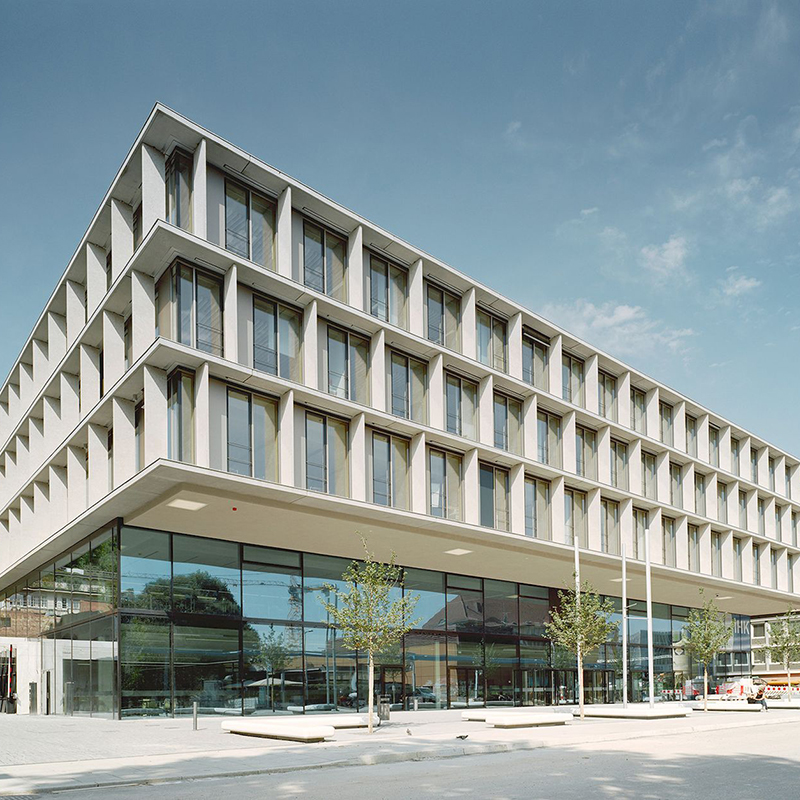Steel structure Alliance
Building the first communication platform of steel structure industry
chemical composition
Carbon: the main component of steel strength.With the increase of carbon content, the strength of steel is improved, but the plasticity, resistance to cold bending, weldability and corrosion resistance of steel can be reduced, especially the impact resistance at low temperature.Manganese and silicon: favorable elements in steel, both deoxidizers, can improve strength without too much reduction in plasticity and impact resistance.Vanadium, niobium, titanium: alloy elements in steel, can not only improve the strength of steel, but also adhere to outstanding plasticity and durability.Aluminum: strong deoxidizer, using aluminum to make up deoxidation can further reduce harmful oxides in steel.Chromium and nickel: alloy elements to improve steel strength.Sulfur and phosphorus: impurities and harmful elements left in steel during exercise.They reduce the plasticity, durability, weldability and fatigue strength of steel.Sulfur can make steel “hot brittle”, phosphorus can make steel “cold brittle”.”Hot brittleness”: sulfur can produce iron sulfide which is easy to melt. When the temperature of hot working and welding reaches 800-1000 ℃, the steel will show the appearance of crack and embrittlement.”Cold brittleness”: at low temperature, the impact resistance of steel is greatly reduced by phosphorus.Oxygen and nitrogen: harmful impurities in steel.Oxygen can make steel hot brittle, nitrogen can make steel cold brittle.
Influence of metallurgical defects
The common metallurgical defects include segregation, nonmetallic impurity, porosity, crack, delamination, etc., which will make the steel function worse.
Steel hardening
Cold working, such as cold drawing, cold bending, punching, mechanical shearing and other cold working, make the steel produce a large plastic deformation, and then improve the steel’s yield point, and together reduce the steel’s plasticity and endurance. This appearance is called cold work hardening or strain hardening.
Temperature effect
The steel is sensitive to the temperature properly, and the function of the steel changes with the increase and decrease of the temperature.In contrast, the low temperature function of steel is more important.
In the normal temperature scale, the general trend is that with the increase of temperature, the strength of steel decreases and the deformation increases.When the temperature is about 200 ℃, the function of the steel does not change greatly, but the strength (yield strength and tensile strength) decreases sharply between 430 ℃ and 540 ℃; when the temperature reaches 600 ℃, the strength is very low and can not bear the load.
In addition, there is blue brittle appearance near 250 ℃ and creep appearance at 260-320 ℃.
Post time: Jul-04-2020

